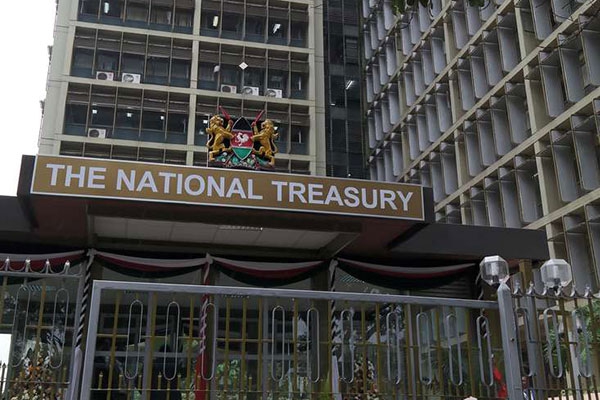This content has been archived. It may no longer be relevant
Kenya’s current account deficit is projected to remain stable at 5.8 percent of gross domestic product (GDP) in the year according to the central bank.
The regulator attributes this to lower oil imports which are’ more than offsetting the expected decline in remittances and exports’.
Kenya announced its first coronavirus case March 12 which adversely impacted key markets for horticulture exports and the tourism sector.
“Horticultural exports are normalising as the volume increased by 6.9 percent in April 2020 compared to April 2019,” said the central bank’s Monetary Policy Committee (MPC) on Wednesday after it assessed the economic impact and the outcomes of its policy measures that were deployed in March and April to mitigate the adverse economic effects and financial disruptions.
“Further, these exports in the first half of May 2020 were 63 percent of exports in the entire month of May 2019. The volume of flower exports was lower by 36.5 percent in April 2020 compared to April 2019, but higher prices moderated the impact of the lower volumes. The sector will continue to benefit from the recent cessation of restrictions in key destination markets and increased cargo capacity,” the MPC added.
READ
- Coronavirus Pandemic Hurt Kenya’s Diaspora Remittance Inflows in April
- Kenya’s Fiscal Deficit Rising Sharply With Revised Economic Growth of 3% in FY20
On Wednesday, it kept its benchmark lending rate at 7.0 percent. “The policy measures adopted in March and April were having the intended effect on the economy, and are still being transmitted,” the committee said in a statement.
The regulator further noted that besides the leading indicators of the Kenyan economy pointing to relatively strong GDP growth in the first quarter of 2020, growth is expected to weaken in the second quarter, due to the adverse impact of the containment measures, particularly in transport and storage, trade and accommodation and restaurants.
“As a result, real GDP growth in 2020 could slow to about 2.3 percent from 5.4 percent in 2019.”
READ




